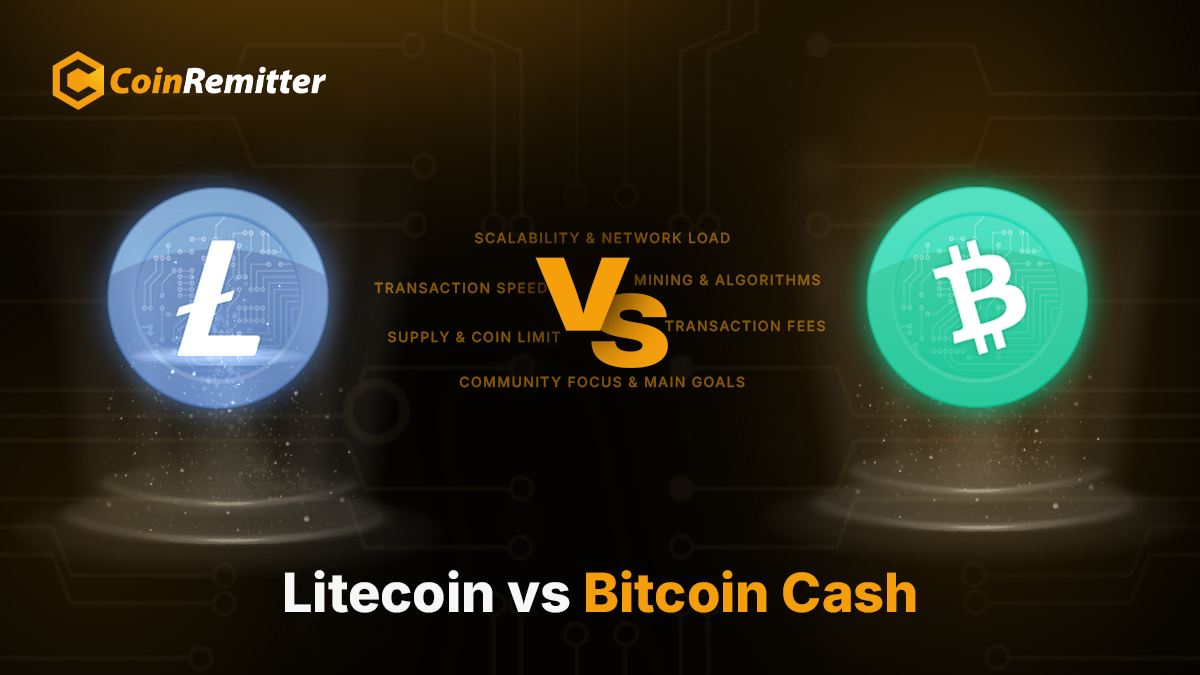What is Stablecoin? Know Every Bit of Information In-depth

Giving a straight answer to the question of what is Stablecoin is that it is a kind of cryptocurrency with low price volatility.
Unlike the other cryptocurrencies such as Bitcoin and Litecoin, which are extremely volatile in nature due to their price spikes and collapses.
However, Stablecoins are resistant to price fluctuations. They can use as value stores or account units, also in other situations where volatile cryptocurrencies may be less attractive.
Stablecoin is a modern cryptocurrency segment that seeks to be the antithesis of bitcoin-like cryptocurrencies.
By acquiring a reserve commodity like the US dollar, gold, or some other international currency, Stablecoin aims to maintain market STABILITY.
Moreover, Stablecoins thus provide regular currency stability and the privacy and protection of cryptocurrency transactions.
Ultimately, this helps central banks to enable the use of cryptocurrencies and regulate them more comfortably.
To understand the use of Stablecoin, why it is so popular, and what are its limitations, we have to dive deeper into the pool of Stablecoin.
SO let’s get straight to the points.
What is Stablecoin?
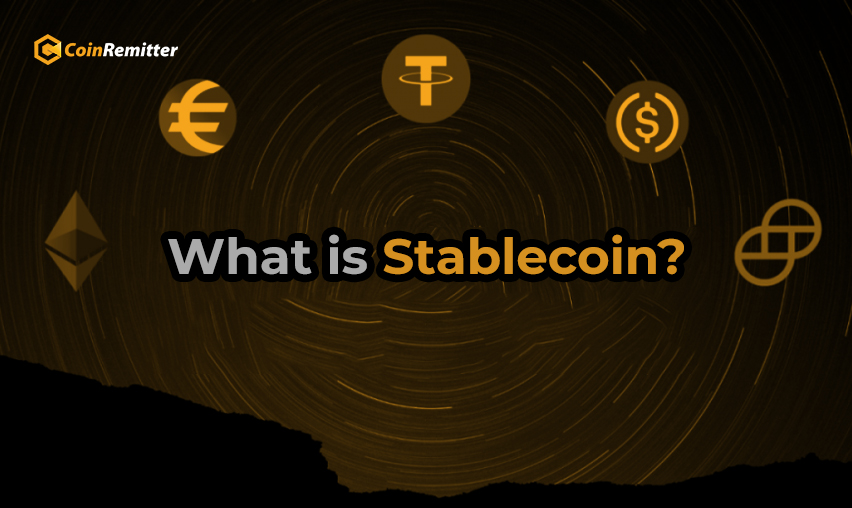
As we explained above, Stablecoin is a type of cryptocurrency that is supported by fiat currencies like USD, Rupees, Euro, etc.
Stablecoins is a bridge between the advantages of cryptocurrencies and the steady nature given by fiat currencies.
It is also known as a crypto token because the value is linked to the price of the national currency to overcome its volatility.
If we talk about the market condition then the popular currency Bitcoin and Ether are highly volatile. It is not suitable for users and investors due to its unsustainability.
Stablecoins have now emerged as a new tool for driving the modern way of accepting cryptocurrencies.
Moreover, the use of fiat-backed currency has an advantage over the use of fiat currency.
Because the decentralized currencies do not require a certain authority to put trust in the system and therefore it reduces the additional costs.
Not only that but, cross-border payments can be made quickly with cryptocurrencies.
Supporting crypto tokens will add more value and create more trust between investors and users with secure fiat currency or properties.
Why Stablecoins are Popular and Most Chosen Over Other Cryptocurrencies?

When talking about Stablecoins then we can not forget the name Tether. After Bitcoin, it is one of the most traded cryptocurrencies.
Now the reason why people choose Stablecoin is that it is backed by fiat currencies.
If investors think that their Stablecoins are worth one dollar each, the price should represent that because the coin prices are influenced by the belief.
It’s always difficult for investors to cash out their cryptocurrencies quickly when things get rough. To do so they can have to transfer via multiple exchanges or even wait for a few days.
Now, this is the time where Stablecoins comes into the picture. After all, Stablecoins are cryptocurrencies, they stay up on the exchanges.
Nevertheless, since they remain true to the value of a single fiat currency, they serve as a sort of temporary refuge for investors in the bear market who are looking to protect their funds.
So the Stablecoins are similar to blockchain-enabled variants of the dollar in this way.
What are Stablecoins Used For?
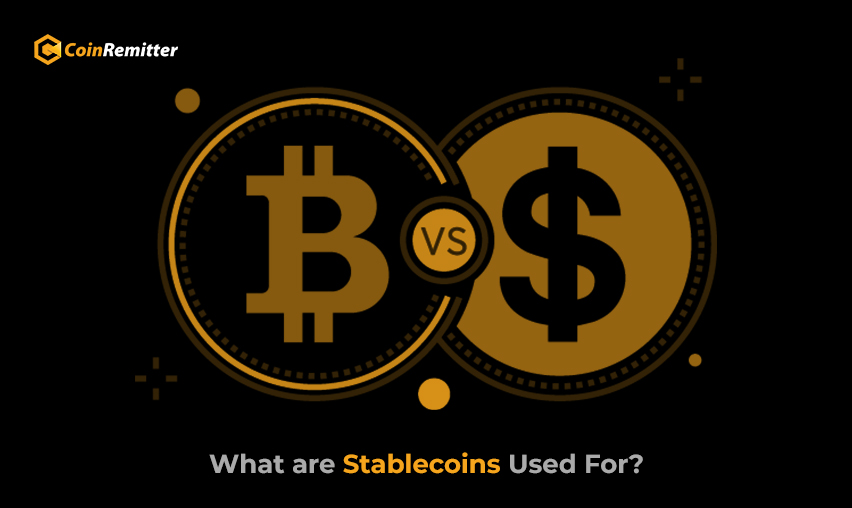
The main use of Stablecoins is to store value and as a means of TRDAE.
Moreover, they give traders temporary relief from uncertainty when the market is crashing.
And this will use for things like yield-farming, lending, and liquidity provision in the increasing field of decentralized finance (DeFi).
By buying them from exchange platforms, most traders and investors gain Stablecoin exposure.
However, by depositing the necessary collateral with the issuing firm, such as US dollars with Tether or physical gold with CACHE gold, it is also always possible to mint fresh Stablecoin.
What are Some of The Stablecoin Examples?
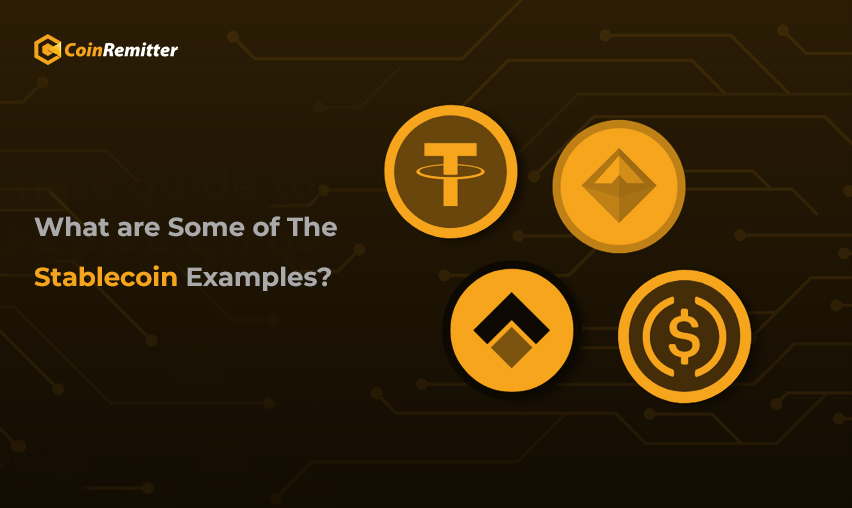
Popular Stablecoins include Tether (USDT), True USD (TUSD), Gemini Dollar (GUSD), DAI, and more.
There are mainly four types of Stablecoin:
- Fiat-backed Stablecoins
- Cryptocurrency-backed Stablecoins
- Algorithmic Stablecoins
- Commodity-collateralized Stablecoins
1. Fiat-backed Stablecoins:
Crypto tokens associated with the value of a particular fiat currency are known as Fiat-backed Stablecoins. These tokens keep their value set at a ratio of 1:1.
Let’s take the Tether example, which is parallel to the US dollar at 1:1.
To guarantee the life of a fiat-backed Stablecoin, Fiat currency is deposited as collateral.
As a consequence, to determine that the token still stays collateralized, it requires a financial custodian and time to time auditing.
2. Cryptocurrency-backed Stablecoins:
These Cryptocurrency-backed Stablecoins work exactly the same as a fiat-backed Stablecoin.
However, instead of using fiat money, it locks up the cryptocurrency as collateral. For example, in order to build a crypto-currency-backed Stablecoin, Ethereum can be held as collateral.
Such tokens use a security guarantee to compensate for cryptocurrency uncertainty to use as collateral.
It asserts that Stablecoin will not be based on the crypto collateral’s 1:1 ratio.
3. Algorithmic Stablecoins:
When it comes to algorithmic Stablecoins then there is no fiat or cryptocurrency support for algorithmic Stablecoins.
Instead, algorithms and smart contracts that control the supply of the released tokens accomplish their peg entirely.
As the price falls below the price of the fiat currency it tracks, then an algorithmic Stablecoin system will decrease the token supply.
And if the price exceeds the value of the fiat currency, then the new tokens enter into circulation to reduce the value of the Stablecoin.
4. Commodity-collateralized Stablecoins:
Now, these commodity-collateralized Stablecoins are backed by stable assets, like valuable metals, real estate, gold.
Theoretically, this tells investors that these Stablecoins can appreciate their value at the same time as their underlying assets rise in value, thereby offering an increased incentive to retain and use these coins.
Anyone can invest in real estate assets or precious metals around the globe using commodity-collateralized Stablecoins.
Stablecoin Advantages and Limitations:
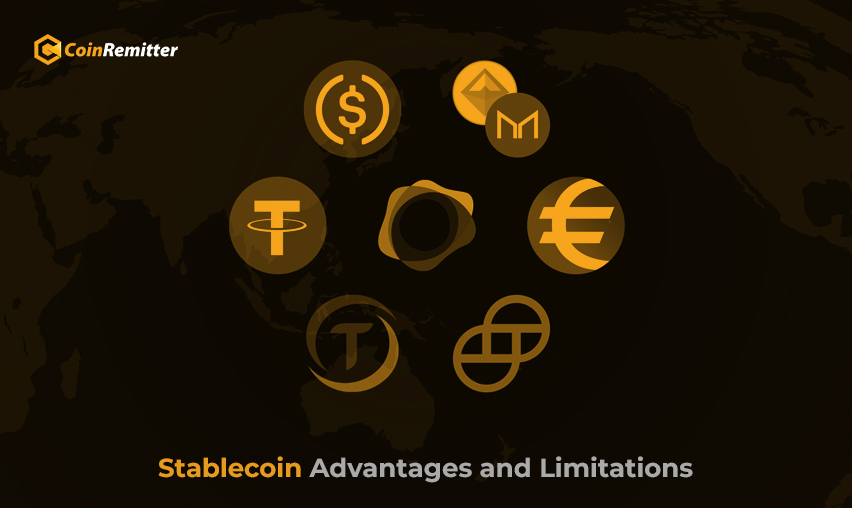
First, the advantage of Stablecoins is its ability to provide a means of exchange that complements cryptocurrencies.
Cryptocurrencies have been unable to gain widespread adoption in daily applications such as payment processing because of high levels of uncertainty.
These stabilized currencies have overcome this ongoing problem by offering higher levels of predictability and stability.
Furthermore, we now know how useful Stablecoins are in financial transactions, so traders and investors can take advantage to protect their investments.
It is an efficient means of reducing overall risk. At the same time, a successful tactic would be to maintain a store of value to purchase other cryptocurrencies as prices decrease.
Yet, Stablecoins have some limitations too. Like the regulations of fiat currencies, which undermine the efficiency of their conversion, restrict Fiat-backed Stablecoins.
If the economy collapses, then the fiat-backed Stablecoins will also crash, since they are so closely related.
Moreover, Stablecoins backed by commodities are less liquid, which means they are harder to redeem.
What is The Future of Stablecoins?

Stablecoins have been on the demand now. In view of the current situation, the volume of Stablecoin will certainly commence the peak in the upcoming months.
Also, there is a clear belief that sooner or later cryptocurrencies will become mainstream due to the support of Stablecoins.
Stablecoins have immense growth because individuals and companies are looking for quicker, simpler, and cheaper ways of sending payments globally.
Last Words
As we talked above its benefits and some disadvantages, Stablecoins will remain an essential element for the cryptocurrency industry.
These digital currencies can be stable at fixed prices through a range of mechanisms. It is apparent that Stablecoin applications extend well beyond trading.
So what are your thoughts about the Stablecoins, Will it survive or not in the coming times?
Do let us know in the comments!
Over 38,000 merchants are using CoinRemitter
Join them now

